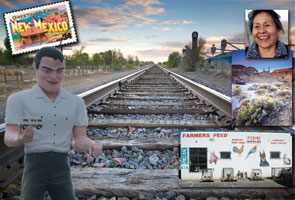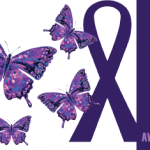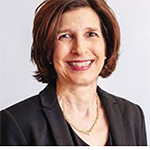Should you be driving through New Mexico and see a sign that says, “Last Gas for 50 Miles,” take it seriously. The scarcity is very real. New Mexico, known as the Land of Enchantment, is the fifth largest state in the union, yet is home to a half million fewer souls than live in the jam-packed 72 square miles of Brooklyn. Practicing medicine in this enchanted land of often sublimely beautiful, profoundly empty, wide-open spaces are exactly 19 rheumatologists. That scarcity is also very real, and the impact on patient care could not be more serious.
Attempting to populate this healthcare void is Project Extension for Community Healthcare Outcomes (ECHO) an initiative that is training family doctors, physician assistants (PAs), and nurse practitioners (NPs) to treat uncomplicated rheumatologic sequelae that do not require critical care. “There is a dire shortage of rheumatologists in rural areas of New Mexico,” says Sanjeev Arora, MD, professor of medicine at the University of New Mexico Health Sciences Center (UNMHSC), Albuquerque, and founder of Project ECHO. Currently, the average wait to see a specialist ranges from six to eight months at UNMHSC’s Albuquerque facility.
This disparity is not unique to rheumatology. In fact, Dr. Arora is a gastroenterologist and initially conceived of ECHO in 2002 to address the treatment needs of patients with hepatitis C virus (HCV). “In the prison system alone, there were over 2,000 individuals that were diagnosed at that time, yet not a single one had been treated.” With 30,000 additional HCV patients statewide, the need was obvious. Yet, as with rheumatology, the providers simply weren’t there. “I had to figure out a way to treat these underserved populations,” Dr. Arora says. To do that, he realized he needed to bring nonspecialist providers into the picture. “The question to me was, how do you bring that care to these populations without compromising quality?” The answer: Project ECHO.
The idea was rather straightforward and consisted of four parts. First, use technology (telephone/Internet) to leverage specialty resources—in essence, telemedicine. Second, develop standards of practice protocols for the treatment. “I derived a protocol—the same one I use in my clinic—to share with providers in rural areas. If they learned how to use it, they would be giving the same quality of care as me,” Dr. Arora says. Third, reinforce training with case-based learning—a mini grand rounds of sorts, but done remotely; and fourth, develop tools to assess training outcomes. “I thought if we could do all four, then we could provide the same level of care in a remote area that we would at the university,” Dr. Arora says.




